Understanding How Cardiologists Treat Cardiovascular Diseases with Non-invasive Techniques
Cardiovascular diseases (CVDs) remain one of the leading causes of death globally, but thanks to advances in medical technology, many of these conditions can now be treated without the need for surgery. Cardiologists, specialists in heart health, increasingly turn to non-invasive techniques to treat and manage these diseases. These methods not only offer patients a less traumatic alternative to surgery but also significantly improve the long-term outcomes of heart disease treatment. In this article, we’ll explore how cardiologists treat cardiovascular diseases using non-invasive techniques and how these treatments benefit heart health.
- 1. What Are Non-invasive Techniques in Cardiology?
- 2. Key Non-invasive Diagnostic Tools Used by Cardiologists
- 3. Non-invasive Treatment Methods for Cardiovascular Diseases
- 4. Real-life Case Study: Success of Non-invasive Techniques
- 5. Benefits and Future of Non-invasive Cardiovascular Treatments
1. What Are Non-invasive Techniques in Cardiology?
Non-invasive techniques in cardiology refer to methods that do not require any surgery or insertion of instruments into the body. These techniques are used to diagnose, treat, and manage heart conditions without causing damage to the body. The main advantage of non-invasive methods is that they reduce the risks associated with surgery, such as infections or long recovery times, while still providing effective treatment for heart diseases.
These techniques can range from diagnostic imaging methods, such as echocardiograms, to lifestyle changes and medication regimens. Non-invasive treatments are often the first choice in managing heart disease and preventing its progression.
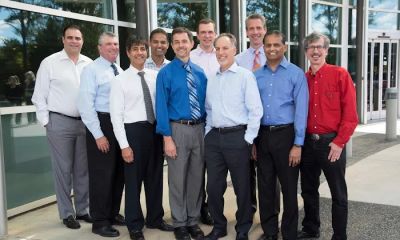
2. Key Non-invasive Diagnostic Tools Used by Cardiologists
Before treating cardiovascular diseases, cardiologists rely on several non-invasive diagnostic tools to assess the condition of the heart. These tools help in identifying heart diseases and monitoring the progress of treatment. Here are some of the most commonly used non-invasive diagnostic techniques:
- Echocardiogram: This ultrasound technique allows cardiologists to view the heart’s structure and function. It’s commonly used to diagnose conditions like valve diseases and heart failure.
- Electrocardiogram (ECG or EKG): This test measures the electrical activity of the heart and is used to detect arrhythmias, heart attacks, and other heart conditions.
- Cardiac CT Scan: A cardiac CT scan provides detailed images of the heart and its blood vessels. It is especially helpful in detecting coronary artery disease.
- Stress Testing: This method involves monitoring the heart’s activity while the patient is engaged in physical exercise. It’s often used to assess heart function and identify potential blockages.
3. Non-invasive Treatment Methods for Cardiovascular Diseases
In addition to diagnostics, non-invasive treatments are an essential part of managing cardiovascular diseases. Here are some of the most common non-invasive treatment options cardiologists use:
- Medication: Cardiologists prescribe medications such as statins, beta-blockers, and ACE inhibitors to manage high blood pressure, cholesterol levels, and heart function.
- Cardiac Rehabilitation: A program that combines exercise, education, and counseling to help patients recover from heart surgery or manage chronic conditions like heart failure.
- Lifestyle Modifications: Cardiologists often work with patients to adopt heart-healthy lifestyle changes, including changes in diet, exercise, and stress management techniques, to reduce the risk of heart disease.
- Angioplasty and Stenting: Although this involves inserting a catheter into the artery, angioplasty is minimally invasive and can help open up blocked arteries in a way that avoids full surgery.
4. Real-life Case Study: Success of Non-invasive Techniques
One of the most powerful ways to understand the benefits of non-invasive techniques is through real-life case studies. Take, for example, the case of Michael, a 60-year-old man diagnosed with high blood pressure and an increased risk of heart disease. His cardiologist recommended a comprehensive treatment plan that included medication, regular monitoring using stress tests, and lifestyle changes such as adopting a healthier diet and increasing physical activity.
Over the course of several months, Michael’s heart function improved, his blood pressure normalized, and he was able to avoid more invasive treatments. His story is a perfect example of how non-invasive techniques can manage and even reverse the effects of cardiovascular disease, improving the patient’s quality of life without the need for surgery.
Northside Hospital Cardiovascular Institute - Sandy Springs, Barfield
northside cardiovascular institute
6135 Barfield Rd Suite 100, Sandy Springs, GA 30328, USA

5. Benefits and Future of Non-invasive Cardiovascular Treatments
Non-invasive techniques offer many benefits for both patients and healthcare providers. For patients, the key advantages include:
- Reduced Risk: Non-invasive methods lower the risks associated with surgery, such as infections and prolonged recovery times.
- Convenience: Many non-invasive procedures, such as stress tests or medication regimens, can be done on an outpatient basis, allowing patients to avoid lengthy hospital stays.
- Cost-effective: Non-invasive treatments are often less expensive than surgical interventions, making them more accessible for many people.
Looking ahead, advances in technology and research will continue to improve the effectiveness and accessibility of non-invasive techniques. With new developments in imaging and monitoring technology, cardiologists will be able to diagnose and treat heart conditions with even greater precision and efficiency.
In conclusion, non-invasive techniques play an essential role in the treatment and management of cardiovascular diseases. By offering patients safer, more convenient, and often more affordable options, cardiologists can help improve heart health and prevent the progression of heart disease. If you're looking for a cardiologist or more information on non-invasive treatments for heart disease, don't hesitate to consult with a healthcare provider to find the right approach for your health needs.

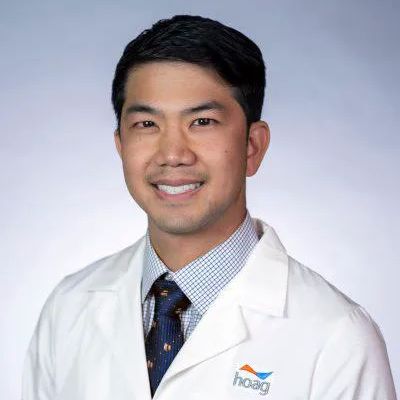

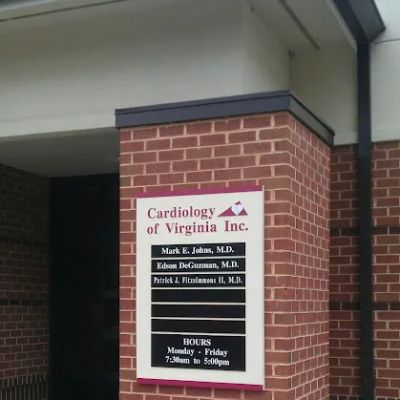
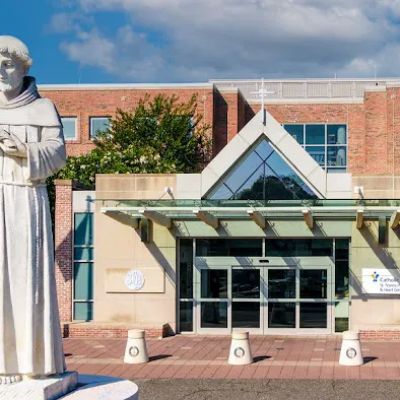
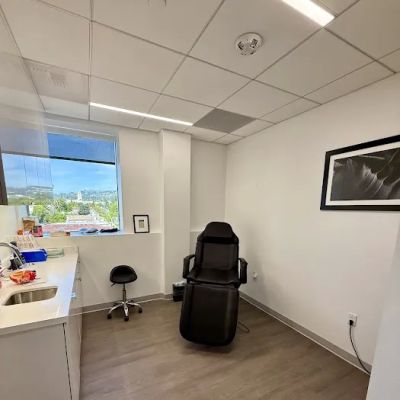
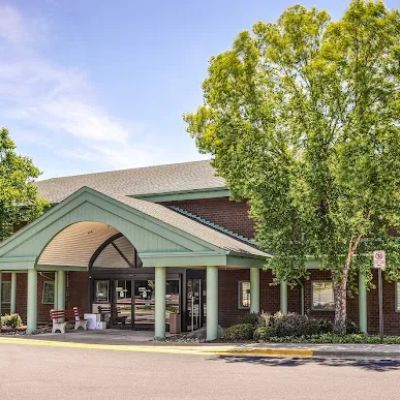
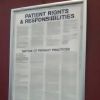







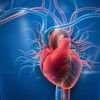





CardioVascular Group Lawrenceville
cardiovascular group
2200 Medical Center Blvd ste 400, Lawrenceville, GA 30046, USA